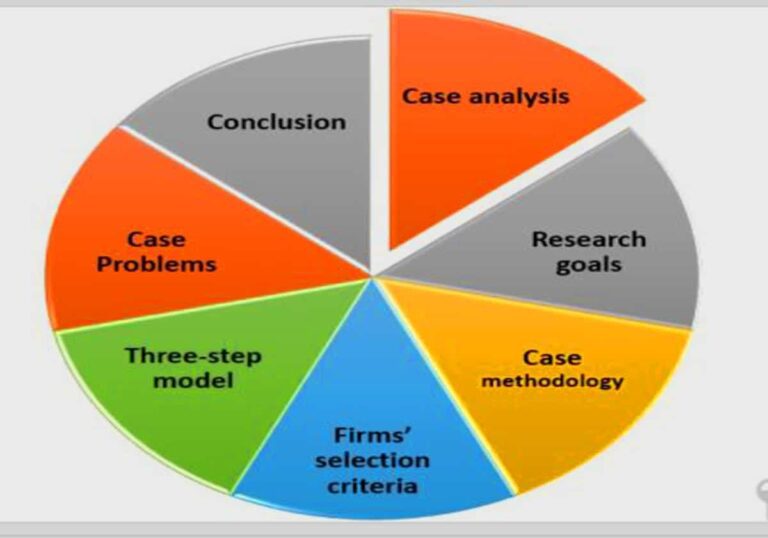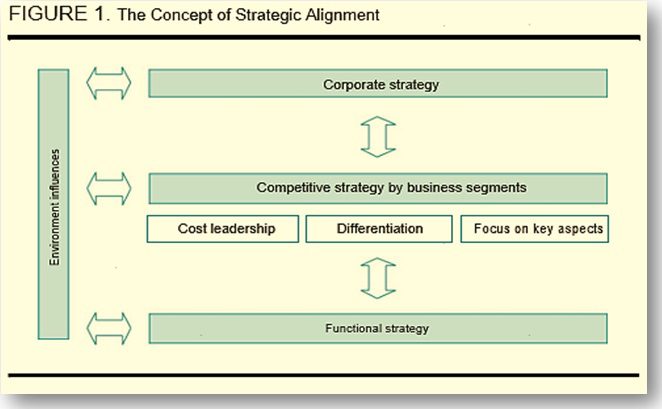Case analysis
This case highlights many of the important aspects and issues regarding aligning, organizing and implementing spare parts logistics with the help of a strategic framework. And it describes that how an effective spare parts logistics strategy can be developed and implemented. According to research article “A framework of supply chain management literature”1 illustrate that Integrating the purchasing and logistics functions with other key corporate functions can create a closely linked set of manufacturing and distribution processes. It allows organizations to deliver products and services to both internal and external customers in a timelier and elective manner.
First of all, this case mentions the advantages and benefits of strategically aligned and efficiently implemented spare parts logistics. There are following advantages of implementing a strategic framework in spare parts logistics.
- Lower costs for defective parts and maintenance for primary products
- Increase revenue/profits
- Build long run customer loyalty
- It helps to differentiate business from competitors
- Help firms generate greater value for customers beyond core product benefits
Approximately 25% of the total sales made in the machine and plant construction industry come from spare parts services and up to 50%of total profit made in auto industry come from service and parts in Asia2. To ensure optimal level of availability and reliability of spare parts at any time we need a proper strategic framework for spare parts logistics, include market oriented planning, design, realization control and distribution. It also focusses on customer high expectation for;
Delivery of services
Long-run availability of spare parts
Manufacturers have to fulfill these expectations in product life cycle, R&D, production and utilization of spare parts. Primary product market characteristics include;
| 2. Shorter innovation and production |
This article also discussed about demand driven markets and assume that demand is measured by;
|
|
|
|
|
|
It also highlights the importance of alignment of strategic framework for spare parts logistics with specific situation of a firm. Like change in primary product market (global competitive pressures), raising cost awareness, utilized potentials, intensive competition and raising customer expectations.
Research goals
- To Analyze spare parts logistics with varying levels of spare parts management professionalization.
- To identify main components of an effective spare parts logistics strategy to implement practical three-step model.
- Present archetype scenarios of a well aligned spare parts logistics strategy.
According to this case strategic alignment is defined as;
“adjustment of an object in relation to other objects”. Aligning organization with an external environment is a part of strategic planning. The research objective is to find a fit between external positioning and internal arrangement. Using strategic alignment as theoretical framework and applying this framework for development process of spare parts logistics strategy. Different spare parts require different strategies.
Research Methodology
This research uses a multiple case based research approach. It was appropriate to use case study based research approach because the research and theory regarding spare parts logistics were at their early and formative stages and they followed five-stage case study research process proposed by stuart et al.3, consisting of: the research question; instrument development; data gathering; data analysis; and dissemination.
Sample
It consists of ten German machine and plant manufacturers. They study 4 to 10 cases in order to achieve saturation.
Data collection
They conducted semi-structured interviews with one or more spare parts or after-sale managers per firm. Each expert interview lasted approximately two hours.
Research techniques
The interview guideline consisted of open- and closed-ended questions. Data triangulation was accomplished by having multiple respondents from different firms and through different sources of data, such as interviews, observation and documentation.
Data analysis
Data was analyzed employing an interpretative, hermeneutic examinations. The process of data interpretation consisted of three activities: data reduction, selecting and aggregating raw case data; data display, systematic and accurate assembly of the collected information; and conclusion drawing—building constructs and logical chains of evidence.
Firms selection criteria
In the selection of case studies firms, they chose firms with highly professional spare parts logistics and others with underdeveloped spare parts logistics. They clustered case study firms into two categories;
Top performers | Bottom performers |
The “top performers”
Four of case study firms belonged to this category. All of these firms have;
- A dedicated after-sale department.
- Clearly defined objectives.
- Well planned processes in which different scenarios are considered and reviewed.
- Customer needs prioritized highly.
- Intensive communication and consultation with customers.
- Customer satisfaction surveys are carried out.
- Forecasts spare demand.
- Calculate production costs and supply options.
- Align product life cycle with customer requirements.
- Calculate availability
- Top performing firms possess good knowledge of spare parts market.
- Create market entry barriers.
The “bottom performers”
There are six case study firms that fall in this category due to following reasons;
- They have no clearly defined objectives for their spare parts business.
- Incomplete strategy
- No separate after-sale department
- Sometimes spare parts business handled partially by dealers.
- Lack of spare parts availability
- Lack of detailed knowledge about market and competitors.
- Absence of adequate spare parts logistics strategy.
- Competitors can easily gain market share.
The three-step model
Here’s the three-step model to develop an effective spare parts logistics strategy proposed by the case;
FIGURE 2. Three-Step Model: Key Components of a Spare Parts Logistics Strategy
Issues/ Problems
- No prior research deals with all nine strategy components for spare parts logistics. So, this case proposed a comprehensive and complete three-step strategic framework for all kind of spare parts logistics situations.
- Lack of awareness regarding spare parts market share and its importance.
- Low level concentration by firms related to spare parts business.
- No alignments between spare parts planning and implementing strategies with the firm’s overall strategies and situation.
- Lack of detailed knowledge about market and competitors.
- Absence of adequate spare parts logistics strategy.
Conclusion and Recommendations
Results
The objective of the study was to analyze the key components of a superior spare parts logistics strategy and to propose an adequate model for developing this strategy. This case offers a three step model that include further nine components which guides logistics managers through the process of strategy development. This case also offers four archetype scenarios of a well aligned spare parts strategy.
Recommendations
- Implement a five-stage decision making model to develop a spare parts logistics strategy.
- Align company’s specific and environmental factors and spare parts strategies with all internal and external firm’s factors.
- Develop a separate reservation point or warehouse to control demand and assure spare parts availability through the immediate provision of spare parts in the event of a (threatening) plant outage.
- Implement a well aligned spare parts logistics strategic model because different parts require different spare parts logistics strategy.
- Conduct a survey to gain proper and adequate knowledge about market demand, customer expectations, their willingness and competitors USP’s (unique selling points).
- During the selection of components characteristics, manufacturers should consider interdependencies among strategy components and coordinate the characteristics of strategy components accordingly.
- Proper use of aligning, developing, decision making, planning implementing and evaluating strategic model for all nine of the strategy components.



